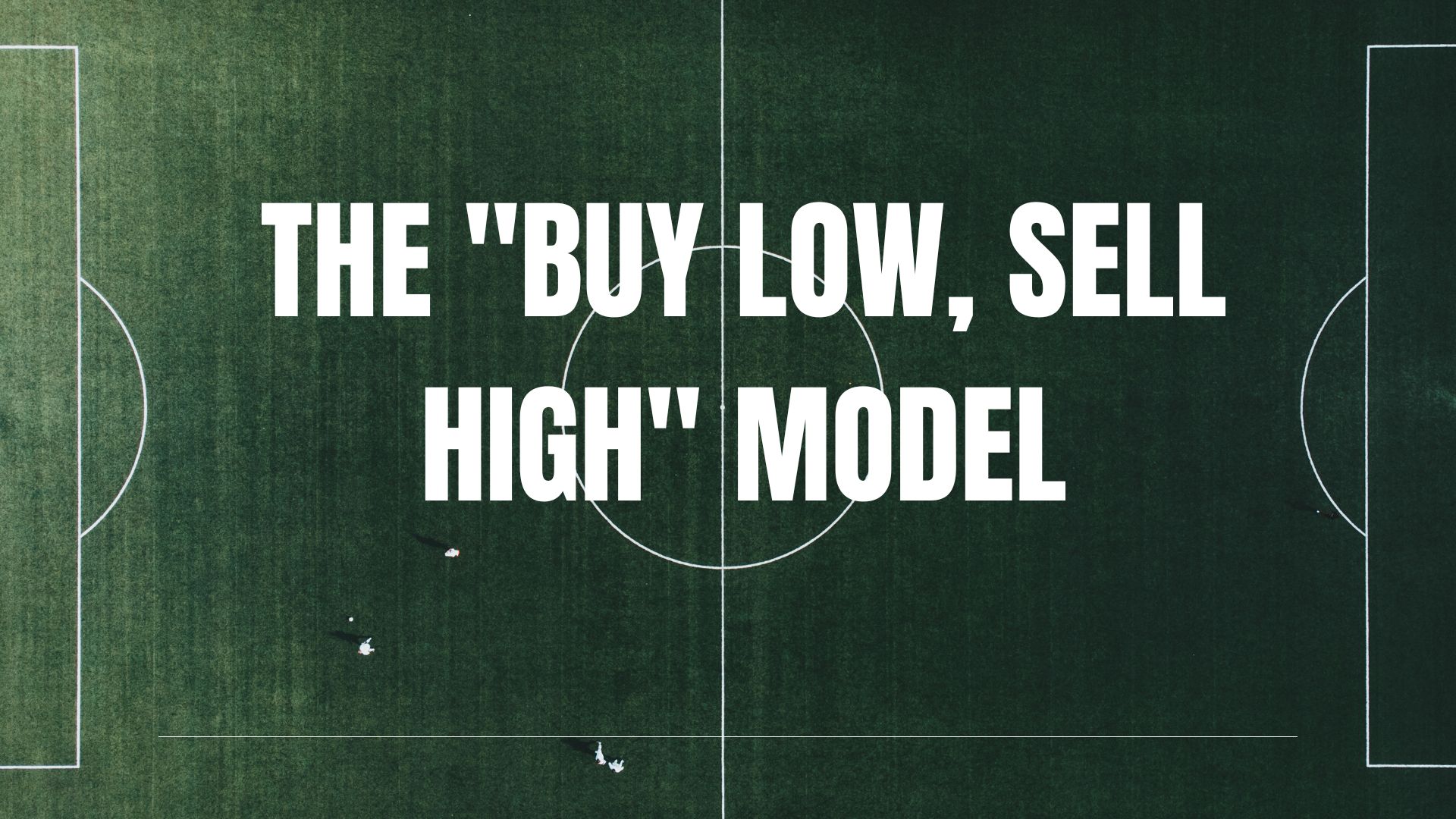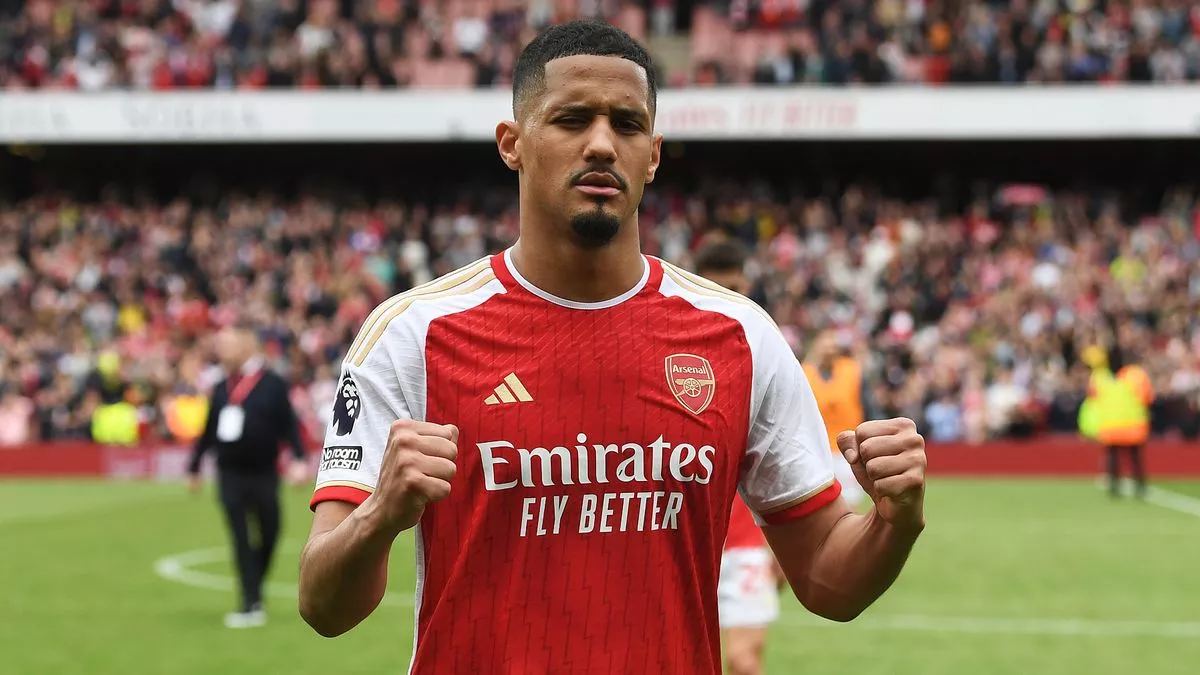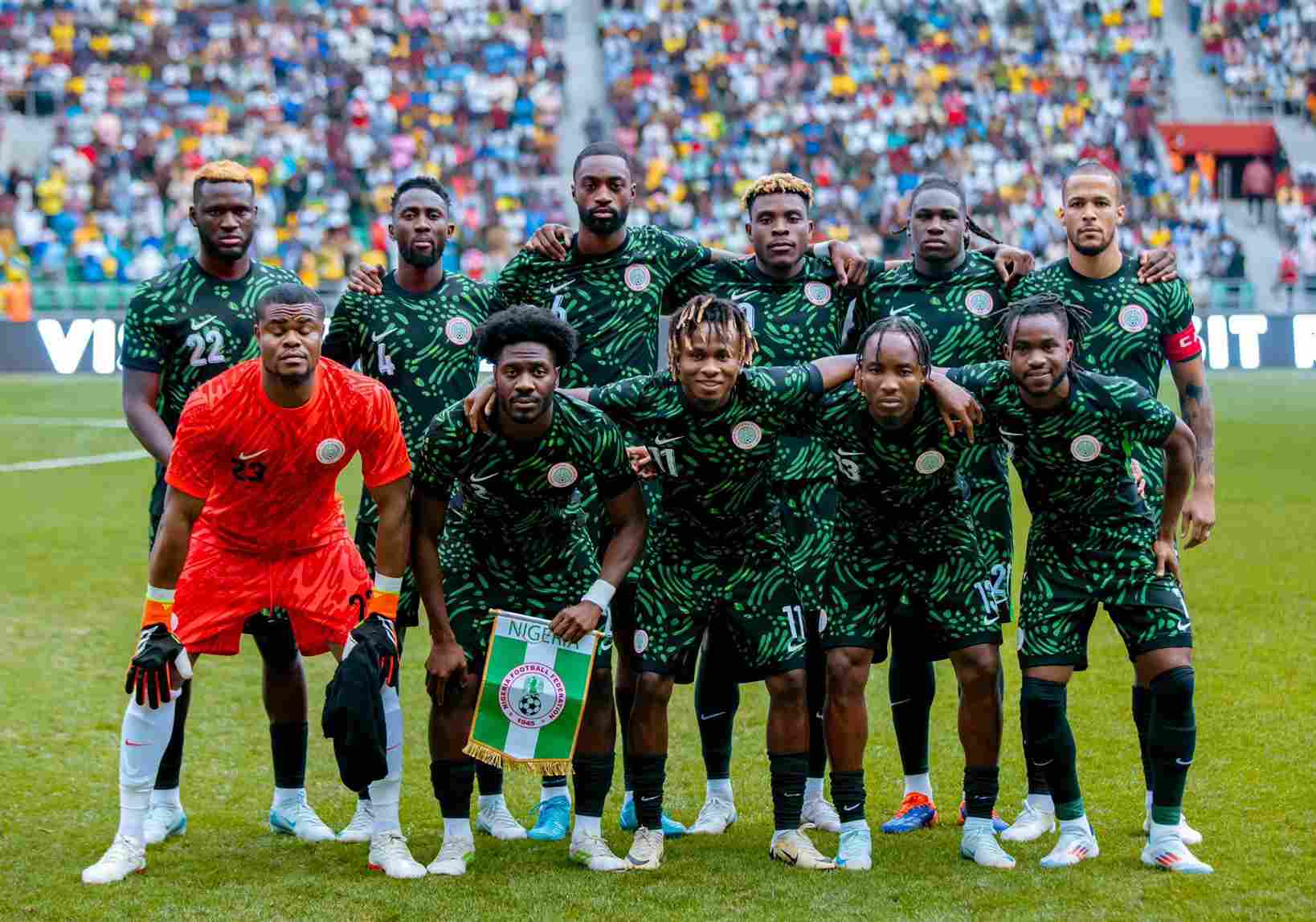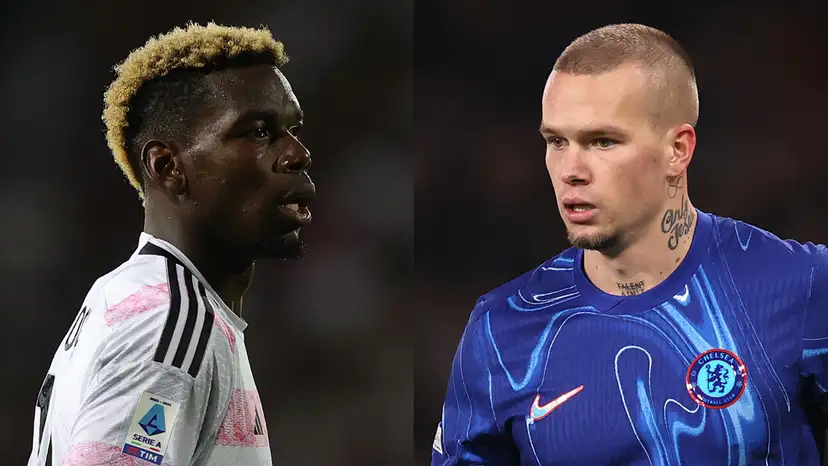
The hardest part as one would expect is knowing exactly when to sell. The ideal moment is when the player peaks, after a standout season, a breakout Champions League campaign, or a strong international tournament. Ajax selling De Jong and De Ligt at their highest point is the perfect example. Dortmund did the same with Bellingham, Haaland, and Sancho, Brighton did it with Caicedo, Benfica did it with Darwin Nunez and Enzo Fernandez.
Some clubs even prefer selling a year earlier than expected. It sounds counterintuitive, but selling “one season too early” protects them from dips in form or injuries. Brighton used this approach with Marc Cucurella and Ben White. They saw the value spike and took the opportunity before anything could change.
Creating competition for the player is another tool. When multiple big clubs want the same profile, the price rises naturally. Agents talk, stories leak, and suddenly the bidding war begins. The selling club simply sits and waits for the best offer.
The structure of the deal matters as much as the fee. Add-ons are now standard. Clubs include objective, achievable milestones, appearances, European qualification, international caps, trophies. These extras can push a £30m deal to £45m over time.
Sell-on clauses are one of the most valuable tools. Benfica, Porto, Ajax, Lille, they all use them. A player might leave for a moderate fee, but if he later joins a giant for £80m, the original club takes another slice. It is long-term income built into short-term business.
The final piece is FFP. Player sales count as pure profit because the accounting books only subtract whatever is left of the player’s amortized value. That makes BLSH clubs extremely efficient financially. When they sell at the right time, they balance their books with a single transaction.
Porto and Benfica are the gold standard when it comes to BLSH. Both clubs have built entire identities around identifying talent early, polishing it, and selling at the right moment. Porto has long dominated South America, snapping up players like Éder Militão, James Rodríguez, and Luis Díaz. Benfica mirrors this approach: João Félix, Darwin Núñez, and Enzo Fernández all followed the same path.
The key to their success is a combination of scouting, contracts, and exposure. Players arrive young and cheap, get minutes in Portugal’s top flight, and often feature in European competitions. By the time a big club comes knocking, the player has proven himself at a competitive level, and the selling club can demand a premium fee. Porto and Benfica also protect themselves with long contracts and sell-on clauses, ensuring they benefit from any future transfer windfalls.
Dortmund and Ajax are slightly different, but the principle is the same. Dortmund specializes in taking young players who cannot get first-team minutes at bigger clubs, Sancho, Bellingham, Haaland and giving them a platform to shine in a top league. Ajax, meanwhile, has perfected the combination of youth coaching, tactical development, and European exposure over decades. De Jong, De Ligt, Van De Beek, Antony and even unknown to many, Luis Suarez all flourished in Amsterdam before moving to top leagues for huge profits.
Both clubs also excel at timing. Selling a player at the peak of his form rather than clinging to him ensures maximum return. They are masters at managing hype, leveraging interest, and negotiating performance add-ons, ensuring every deal maximizes both short-term cash and long-term residual value.
For clubs outside the elite, BLSH is a survival tool. Brighton, Lille, and Southampton rely on clever recruitment, tactical development, and disciplined selling to compete in their respective leagues.
Brighton have become one of the Premier League’s success stories, transforming modest transfers into high-value assets. Players like Marc Cucurella, Alexis Mac Allister, and Moisés Caicedo were developed, given exposure in the Premier League, and sold for substantial profits, funding further recruitment. Lille applied a similar model in Ligue 1, selling Victor Osimhen and Nicolas Pépé for large fees to sustain their competitive level. Southampton’s track record includes Mané, Van Dijk, and Lallana,players who generated massive returns while keeping the club competitive, at least at the time.
These examples show that the BLSH model works across leagues, club sizes, and playing styles.
While BLSH is financially essential, it raises questions. Young players are often treated primarily as assets. Their career decisions, where they play, how long they stay, and when they move, can be dictated more by financial timing than by footballing development. Clubs like Porto, Benfica, and Ajax excel at maximizing value, but that sometimes comes at the cost of a player’s long-term stability.
The model also reinforces inequality. Wealthy clubs remain the buyers of finished products, while development-focused clubs act as suppliers. This concentrates power at the top and widens the gap between the elite and everyone else, making leagues less balanced and competitive over time.
Data is transforming BLSH. Clubs increasingly rely on AI and algorithmic scouting to identify undervalued players, reducing risk but also raising market prices. Brighton and other data-driven clubs show how this can work at a high level: smart analysis identifies talent before others notice, but once the method spreads, prices rise everywhere.
Financial regulations are also evolving. FFP 2.0 and squad cost controls make it harder for clubs to operate without selling players. The pressure to move talent at the right time will only increase. Clubs that fail to master timing risk falling behind.
Despite these challenges, BLSH remains the backbone of football’s financial ecosystem. It is more than a transfer strategy, it is an economic engine that funds competitiveness, sustains mid-tier clubs, and ultimately keeps the global game running. Without it, the football pyramid, from Porto to Brighton, might look very different.






